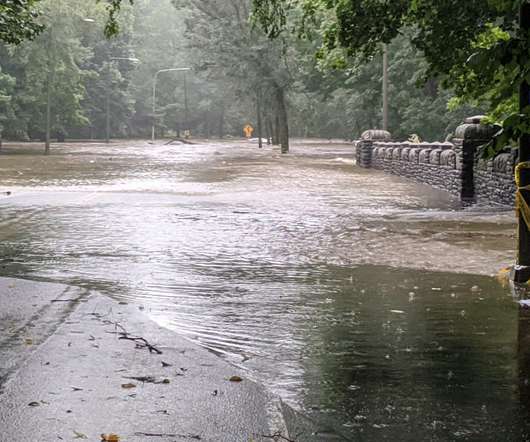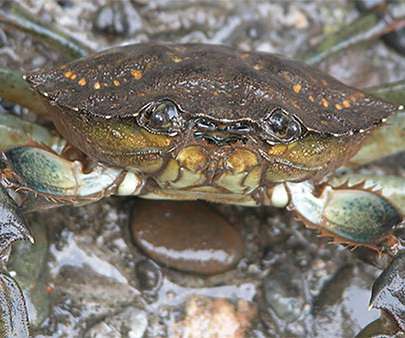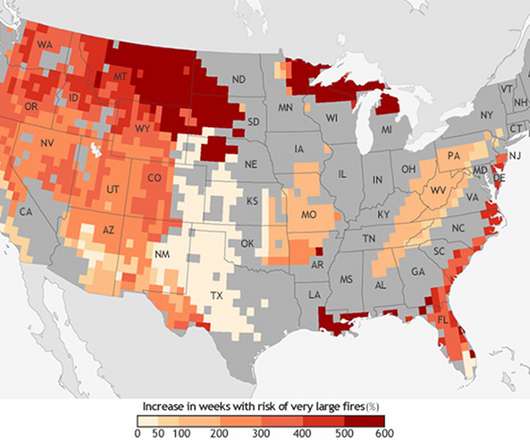Carnegie Museum Of Natural History: We Get Questions - Climate Change, Hope And Action
PA Environment Daily
SEPTEMBER 12, 2023
The student’s question during a high school environmental science class in March left me scrambling to deliver a clear and honest answer. The frightful phenomenon is on a scale proportional to and correlated with the climate altering changes in Earth’s atmosphere. Tell me,” she added for emphasis, “because I really want to know.”











Let's personalize your content